International
World tourism surges in July, but falls short of pre-Covid levels
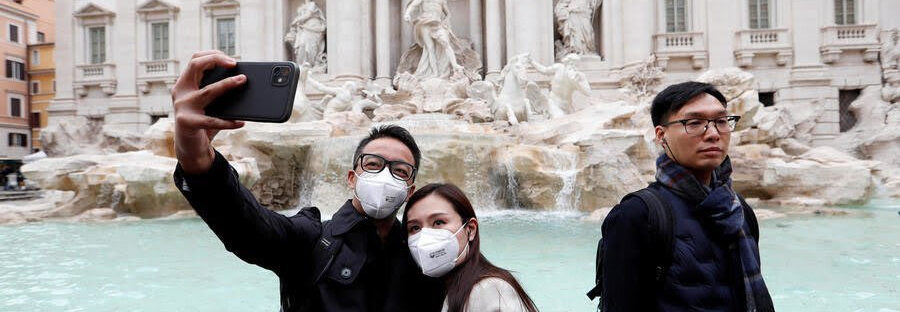
AFP
World tourism surged in July, thanks to vaccination rollouts and fewer travel restrictions, but traveller numbers still fell far short of pre-pandemic levels, the UN’s tourism body said Monday.
Some 54 million tourists crossed international borders in July, the highest figure since April 2020, in the early months of the coronavirus crisis, the World Tourism Organization said in a statement.
That represented an increase of 58 percent compared with the level recorded in July 2020, but was still a drop of 67 percent from the 164 million recorded in July 2019.
“This improvement was underpinned by the reopening of many destinations to international travel, mostly in Europe and the Americas… coupled with progress made in the roll-out of Covid-19 vaccines” which contributed to “gradually restoring safe mobility in Europe and other parts of the world,” it said.
“Nevertheless, 2021 continues to be a challenging year for global tourism, with international arrivals down 80 percent in January-July compared to 2019,” said the Madrid-based organisation.
In the first seven months of the year, Asia and the Pacific continued to see the steepest declines, with a drop of 95 percent in international arrivals, followed by the Middle East where numbers were down 82 percent, Europe and Africa, which registered a fall of 77 percent, and the Americas which sustained a drop 68 percent.
Only a few small islands in the Caribbean, Africa, Asia and the Pacific, alongside several small European destinations recovered and counted arrivals close to, or even higher, than pre-pandemic levels.
Spain, which before the pandemic was the world’s second most popular tourist destination, on Monday said it welcomed 15 million tourists in the first eight months of the year, a decline of 4.2 percent from the same period last year, the National Statistics Institute said.
The data cast doubt on the objective set by the Spanish government of attracting some 45 million foreign visitors this year, around half the number of 2019.
“The true restart of tourism and the benefits it brings, remains on hold as inconsistent rules and regulations and uneven vaccination rates continue to affect confidence in travel,” UNWTO head Zurab Pololikashvili in the statement.
The UN body said it was expecting to see a “rebound” in 2022 although global tourism is not expected to reach pre-pandemic levels until 2023 or 2024.
International
Chile enters runoff campaign with Kast leading and Jara seeking a last-minute comeback
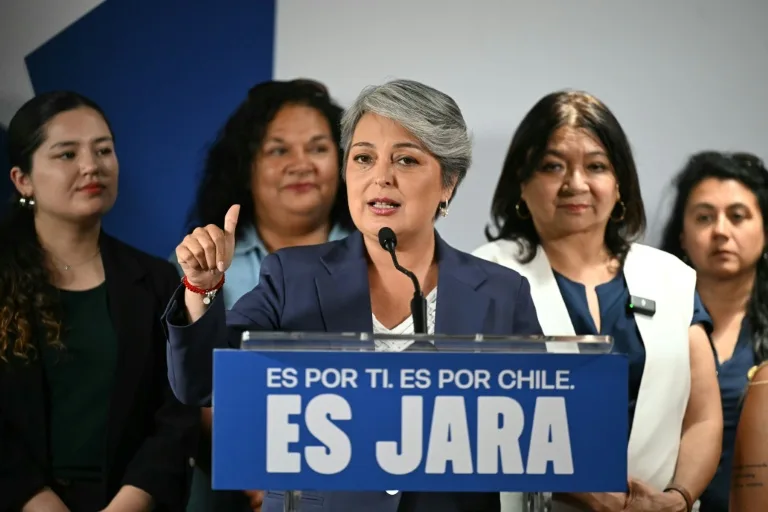
Chile’s presidential runoff campaign for the December 14 election kicked off this Sunday, with far-right candidate José Antonio Kast entering the race as the clear favorite in the polls, while left-wing contender Jeannette Jara faces an uphill scenario, hoping for a comeback that some experts describe as “a miracle.”
The final polls released in Chile—published before the mandatory blackout on survey dissemination—give Kast, an ultraconservative former lawmaker running for president for the third time, a lead of between 12 and 16 points. His opponent, the communist former minister in Gabriel Boric’s current administration, is weighed down not only by the government’s low approval ratings but also by a fragmented electorate.
Although Jeannette Jara received the most votes in the first round with 26.9%, her lack of alliances beyond the left makes it difficult for her to expand her support. Kast, who secured 23.9%, has already brought key figures on board: ultralibertarian Johannes Kaiser (13.9%) and traditional right-wing leader Evelyn Matthei (12.4%), both now backing his candidacy.
Analysts note that although Kast’s support base consolidates more than 50% of the electorate, it does not guarantee an automatic transfer of votes. Populist economist Franco Parisi, who placed third with 19.7%, emerges as the major wildcard. His party, the People’s Party (PDG), is set to decide this Sunday through an internal consultation whether to endorse one of the two finalists.
International
Trump says asylum decision freeze will remain in place “for a long time”
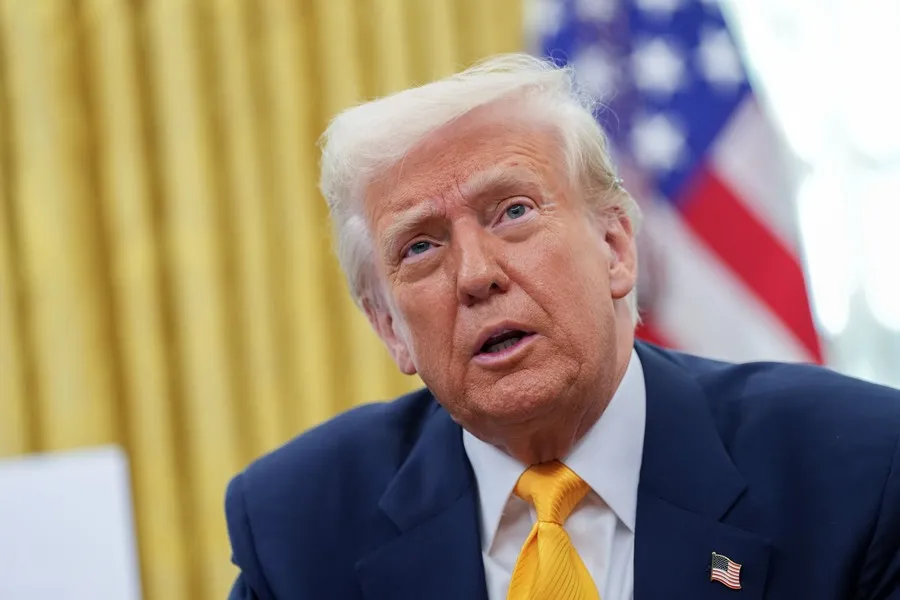
U.S. President Donald Trump warned on Sunday that the suspension of decisions on asylum applications—implemented as part of his order to “halt” immigration from third-world countries following Wednesday’s shooting in Washington—will remain in effect “for a long time.”
The president declined to specify how long the freeze, imposed last Friday by the U.S. Citizenship and Immigration Services (USCIS), would last. The suspension affects individuals waiting for an asylum ruling from that agency, though it does not apply to cases handled by U.S. immigration courts.
The delay is part of a series of measures enacted by the Trump Administration after a shooting on Wednesday in which an Afghan national allegedly opened fire on the National Guard in Washington, D.C., killing one officer and leaving another in critical condition.
Trump has ordered a permanent halt to immigration from 19 countries classified as “third-world.” He also indicated on Sunday that “possibly” more nations could be added to the list.
“These are countries with high crime rates. They are countries that do not function well… that are not known for success, and frankly, we don’t need people from those places coming into our country and telling us what to do,” Trump said, adding: “We don’t want those people.”
USCIS had already announced on Thursday a “rigorous review” of green cards held by migrants from 19 “countries of concern,” including Afghanistan, Cuba, Venezuela, and Haiti.
International
Sri Lanka and Indonesia deploy military as deadly asian floods kill over 1,000
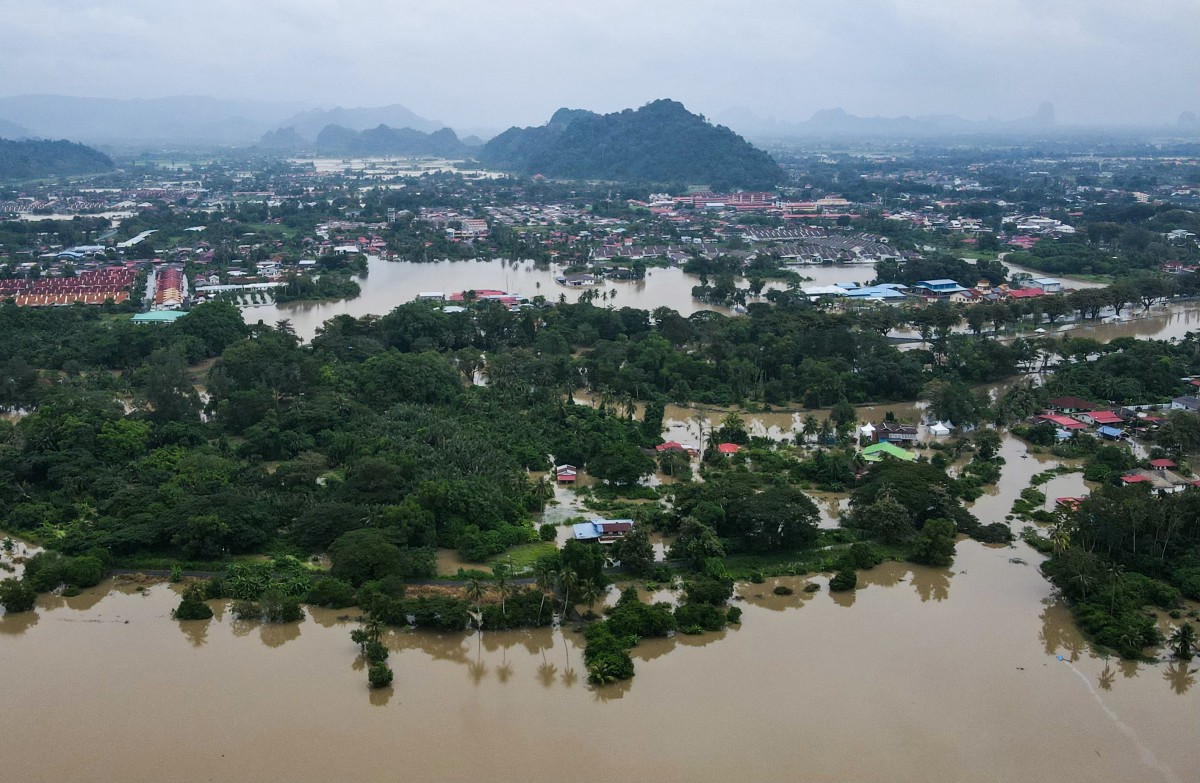
Sri Lanka and Indonesia deployed military personnel on Monday to assist victims of the devastating floods that have killed more than a thousand people across Asia in recent days.
A series of weather events last week triggered prolonged torrential rains across Sri Lanka, parts of Indonesia’s Sumatra island, southern Thailand, and northern Malaysia. Indonesian President Prabowo Subianto said Monday in North Sumatra that “the priority now is to deliver the necessary aid as quickly as possible.”
“There are several isolated villages that, with God’s help, we will be able to reach,” he added. Subianto also stated that the government had deployed helicopters and aircraft to support relief operations.
Floods and landslides have claimed 502 lives in Indonesia, with a similar number still missing.
This marks the highest death toll from a natural disaster in Indonesia since 2018, when an earthquake and subsequent tsunami killed more than 2,000 people.
The government has sent three military ships carrying aid and two hospital vessels to the hardest-hit regions, where many roads remain impassable.
In the village of Sungai Nyalo, located about 100 kilometers from Padang, the capital of West Sumatra, floodwaters had receded by Sunday, leaving homes, vehicles, and crops coated in thick mud.
-

 Central America3 days ago
Central America3 days agoTrump Pardons Former Honduran President Hernández and Warns of Aid Cuts Ahead of Election
-

 Central America1 day ago
Central America1 day agoHonduras Extends Voting by One Hour Amid High Turnout, CNE Announces
-

 International17 hours ago
International17 hours agoHong Kong police arrest 13 over deadly high-rise fire that killed 151
-

 Central America2 days ago
Central America2 days agoHonduras’ China–Taiwan Future Hinges on Sunday’s Presidential Election
-

 International3 days ago
International3 days agoMeta Says Russia Seeks to Ban WhatsApp for Defending Secure Communication
-
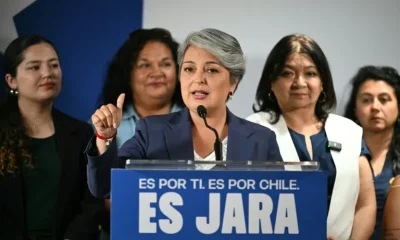
 International17 hours ago
International17 hours agoChile enters runoff campaign with Kast leading and Jara seeking a last-minute comeback
-
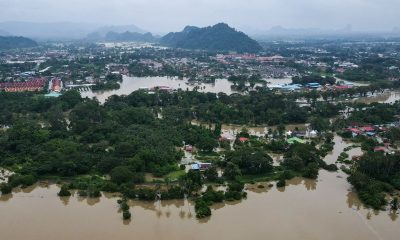
 International17 hours ago
International17 hours agoSri Lanka and Indonesia deploy military as deadly asian floods kill over 1,000
-

 International17 hours ago
International17 hours agoTrump says asylum decision freeze will remain in place “for a long time”






























